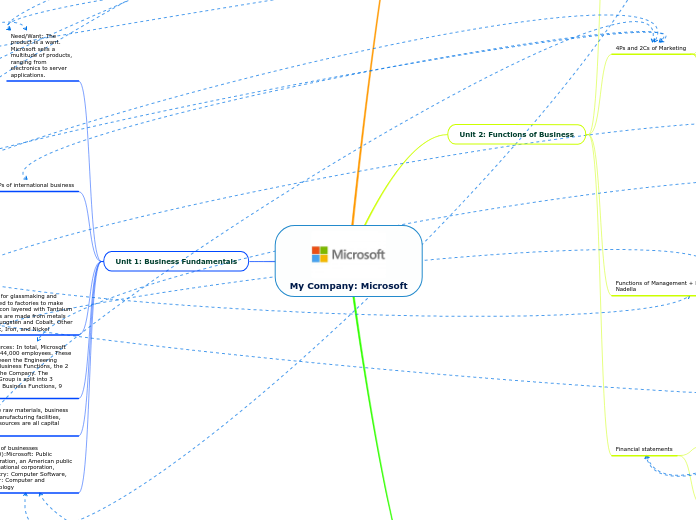Image banks
An important feature of web-based stock photography collections is that the images have been embedded with
meta-data, therefore making the images searchable by using keywords.
STOCK PHOTOGRAPHY
Is the supply of photographs licensed for specific uses . It is used to fulfill the needs of creative assignments instead of hiring photographer.
90's
Period of consolidation: Getty Images and Corbis becoming the two largest companies.
80's
Stock photography had become a specialty in its own right, with photographers creating new material for
the express purpose of submitting it to a stock house
20's
RobertStock, the first major stock photography agencies, was founded
Origin
Written press was the first one to use phothos instead of drawings
Licenses
Right managed
A Rights-managed image usually allows a much larger print run per image than a Royalty-free license
The terms of the license are clearly defined and negotiated so that the purchaser receives maximum value
The value of a license is determined by the use of the image, which is generally broken down along these lines
Size
Print Run
Specific Use:
Usage
Royalty-free
"Free" in this context means "free of royalties (paying each time you use an image)". It does not mean the image is
free to use without purchasing a license or that the image is in the public domain.
- Pay a one-time fee to use the image multiple times for multiple purposes (with limits)
- No time limit on when the buyer can use an image
- No one can have exclusive rights of a Royalty-free image (the photographer can sell the image as many times as
he or she wants).
- A Royalty-free image usually has a limit to how many times the buyer can reproduce it.
Industry structure
GETTY & CORBY
These two companies are the most important and powerful agencies in the stock photography.
Average process for a photograph
3. The photograph is published in the web
2.Pricing is determined by
The type of license
Country or region where the images will be used
How
long the image is to be used
Size of audience or readership,
1. Images are filed at an agency that negotiates licensing fees on the photographer's behalf in exchange for a
percentage
MICROSTOCK PHOTOGRAPHY
What defines a company as a microstock photography company is that they (1) source their images almost
exclusively via the Internet, (2) do so from a wider range of photographers than the traditional stock agencies
(including a willingness to accept images from "amateurs" and hobbyists), and (3) sell their images at a very low rate
(anywhere from $.20 - $10) for a royalty-free (RF) image.
Practices & controversy
The mindset of microstock supporters is that quality will prevail
some photographers believe that they will end
up earning as much income from many small sales as they would from a few large sales on a traditional stock
photography site.
There is no fee to post photos on a microstock agency website.
microstock agencies do not accept all
submitters or all photographs
Each microstock agency uses a different pricing and payment scheme.
History
Microstock industry isn't mature yet and continues to change.
After a few years of initial growth microstock industry stepped into phase of mergers and acquisitions.
The pioneer of microstock photography is bruce Livingstone ( Istockphoto)









